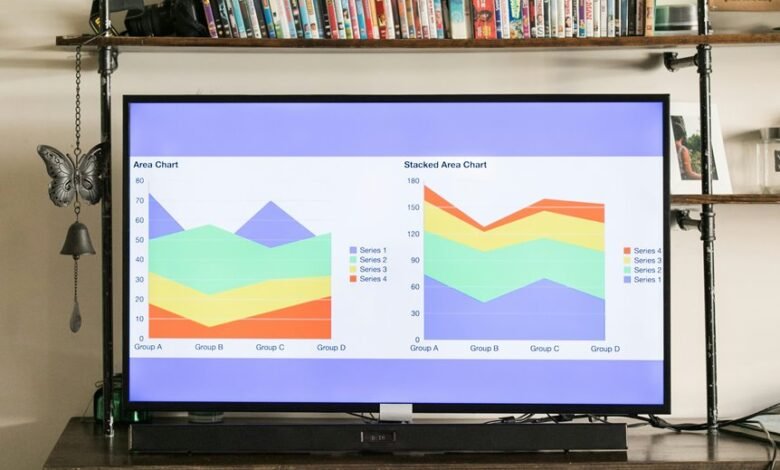1473917545 Unveiling Call Trends in Different Areas

Geography significantly influences communication habits, shaping when and how individuals connect. Urban areas typically exhibit heightened call activity during business hours, reflecting a structured routine. In contrast, rural regions often see increased call volumes in the evening, indicating different lifestyle patterns. This divergence raises questions about cultural norms and preferences. Understanding these trends can provide valuable insights for businesses aiming to enhance customer engagement. Yet, what strategies can effectively harness this knowledge?
The Impact of Geography on Communication Habits
How does geography influence communication habits?
Urban dynamics shape the frequency and mode of interactions, with densely populated areas fostering rapid exchanges.
Cultural influences further dictate preferences, as regional values and traditions inform communication styles.
In this context, geography acts as a silent architect, crafting unique communication landscapes that reflect both the physical environment and the rich tapestry of local cultures.
Analyzing Peak Call Times Across Regions
While various factors contribute to the timing of communication, analyzing peak call times across different regions reveals significant patterns influenced by local routines and cultural norms.
Call volume fluctuates notably across time zones, with urban areas typically experiencing higher activity during business hours. In contrast, rural regions may see increased engagement during evenings, reflecting the diverse lifestyles and schedules inherent to each locale.
Voice vs. Text: Regional Preferences in Communication
Regional differences in communication preferences reveal a distinct divide between voice calls and text messaging. Certain areas exhibit strong voice preferences, valuing direct human interaction, while others favor text usage for its convenience and efficiency.
This dichotomy illustrates not only cultural attitudes towards communication but also highlights the need for tailored approaches in various regions to accommodate diverse preferences and enhance overall connectivity.
Leveraging Call Trends for Enhanced Customer Engagement
As businesses increasingly recognize the importance of adapting to customer communication preferences, leveraging call trends can significantly enhance customer engagement strategies.
Analyzing customer feedback reveals insights into effective engagement methods, allowing companies to tailor their interactions. By integrating call data, organizations can refine their approaches, ensuring they resonate with diverse audiences and foster meaningful connections, ultimately driving satisfaction and loyalty.
Conclusion
In an age dominated by digital communication, one might expect uniformity in call patterns; however, the irony lies in the stark contrast observed across regions. Urban dwellers, tethered to their fast-paced lives, find solace in daytime calls, while rural inhabitants embrace evening conversations, perhaps longing for a connection that the hustle of modernity often obscures. This divergence underscores the necessity for businesses to adapt their strategies, proving that in a world of technology, local customs still dictate the rhythm of communication.




